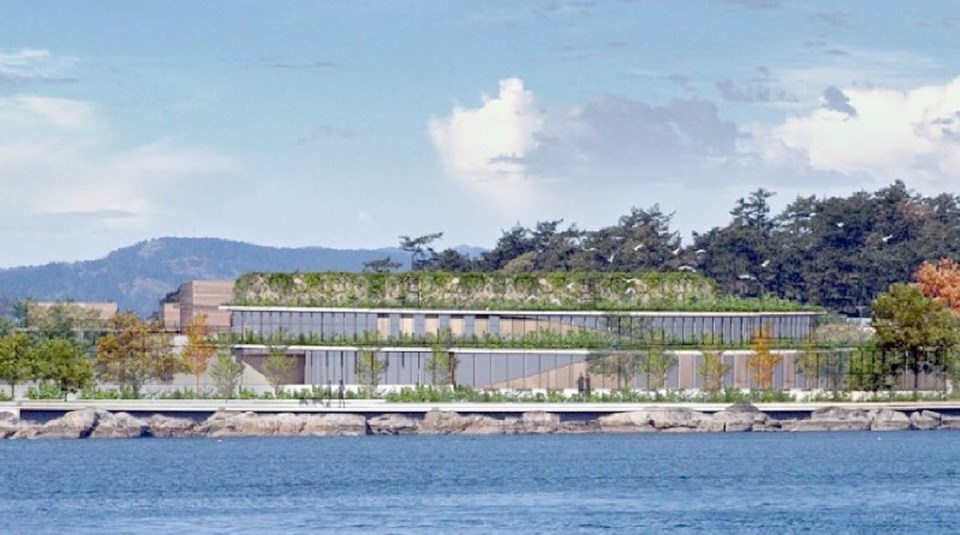Capital Regional District operational spending will rise almost nine per cent this year after directors gave their approval Wednesday to a $238.2-million budget, up from $218.7 million last year.
The capital budget will increase by 50 per cent to $157.2 million — primarily driven by major capital projects, including the $765-million regional sewage treatment mega-project.
“Most of what is driving things this year is, of course, the core area [sewage] project moving forward,” said CRD chair Barb Desjardins.
“So when you look at the [tax] requisitions for communities, you’ll see that the higher requisitions are for core communities than for other outlying communities.”
The Capital Regional Hospital District board also approved its 2017 budget. The CRD, hospital board and Capital Region Housing Corporation budgets combine to form an operating budget of $284.2 million, with $192.8 million in capital projects.
The Core Area Liquid Waste Management project accounts for $65.5 million of the $157.2 million in capital spending this year. Other major projects include $16 million for a 911 unified answer centre, $28.3 million for drinking water projects, and about $3 million for the E&N Rail Trail.
CRD costs vary from municipality to municipality and electoral area districts, based on factors such as assessments and which CRD services they participate in.
Some residents will experience double-digit tax increases because their municipality bills sewage treatment costs through property taxes. For example, for Langford residents the CRD tax bill will increase 14.67 per cent. Colwood residents will pay 13.73 per cent more and View Royal residents see a 17.95 per cent increase.
Others, which fund their sewage-treatment costs through utility bills, face more modest percentage hikes for property taxes. Victoria residents will see a 3.36 per cent increase, Oak Bay 6.66 per cent and Saanich 5.38 per cent.
“I always hate a tax increase,” said Langford Mayor Stew Young.
Given the cost of the sewage project, the CRD should be looking at cutting back other services, he said. “We really should not do any more CRD services for a while until we absorb this over the next three or four years.”
Stan Bartlett, chair of the local government watchdog group Grumpy Taxpayer$ of Greater Victoria, agreed that there should be cutbacks given the magnitude of the sewage spending.
“Taxpayers can’t help but wonder if some of the other capital projects could have been delayed, eliminated or scaled back this year in light of mounting sewer treatment bills,” Bartlett said in a statement.
Bartlett tagged the $1.8 million spent on the Regional Growth Strategy update over recent years as “egregious.”
But Desjardins noted the board has been incrementally raising the tax levy specifically for sewage to reduce overall costs and provide sufficient funding for capital and operational spending.



